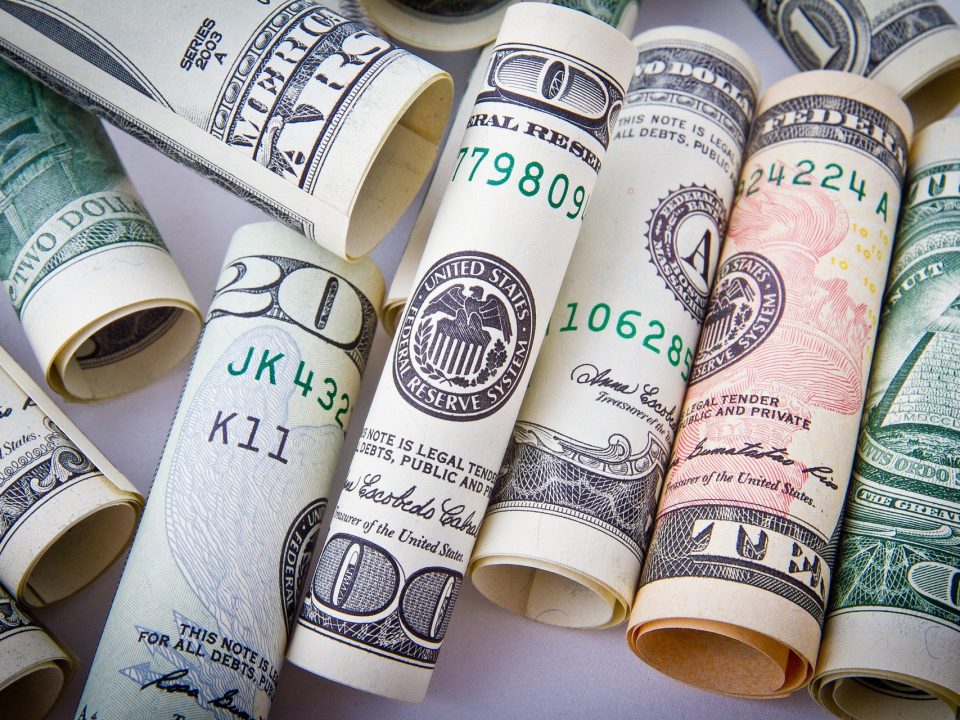Kevin Gillen Philadelphia Real Estate Q1 2011 Commentary
Kevin Gillen Philadelphia Real Estate Q1 2011 Commentary
Philadelphia’s Decline in House Values Slows Significantly in Q1. House prices decline 1.3% in 2011 Q1.
April 25, 2011: Following several consecutive quarters of sharp price declines, the Philadelphia housing market
appeared to have tapped the brakes this past winter.
The typical Philadelphia home fell in value by an average of 1.3% on a quality- and seasonally- adjusted basis this
past winter, according to the latest data from the City’s Recorder of Deeds. This comes after several consecutive
quarters in which price declines totaled nearly 9% following the expiration of the Federal homebuyer tax credit last
spring. And, while the winter season is normally a down period for both home sales and prices, this winter’s price
decline is the smallest since 2007. With this most recent decrease, the average Philadelphia home has now fallen in
value by a cumulative total of 16% since the bursting of the national housing bubble several years ago.
Philadelphia’s house values have now reverted back to 2005 levels.
Notably, however, this decrease in house prices was not citywide, with several neighborhoods actually exhibiting
price increases. This stands in contrast to the previous quarters in 2010, when average house prices dropped
everywhere across Philadelphia. From smallest to largest, the average change in house prices by neighborhood
were: Northwest Philadelphia (-5.0%), Lower Northeast Philadelphia (-1.9%), Upper Northeast Philadelphia (-
1.4%), North Philadelphia (+1.2%), Center City/Fairmount (+5.4%), Kensington/Frankford (+7.2%), West
Philadelphia (+8.3%), South Philadelphia (+8.8%) and University City (+11.1%).
The news for home sales activity continued to be dismal, though. 2,503 homes changed hands in Q1; an 11% drop
from Q4 and a 12% decrease from the same time last year. Although sales activity typically shows a seasonal
decline during the cold weather months of the year, this was not only the lowest level of home sales of any first
quarter, it was the lowest level of quarterly home sales since the data began being tracked in 1995.
However, even with the slowing of price declines, Philadelphia dropped in the rankings of cities that have
experienced price declines from their pre-bubble peak. As recently as mid-2010, Philadelphia was second only to
Dallas in having experienced the least house price declines of any major U.S. city, according to Case-Shiller
MacroMarkets’. Currently, Philadelphia’s cumulative decline of 16% has caused it to drop to fifth place, behind
Dallas, Denver, Boston and Charlotte. But, even with this relative drop, Philadelphia still remains better off than
most other large U.S. cities in terms of house price declines. According to Case-Shiller’s 20-city composite house
price index, house prices have fallen by an average of 32% in the twenty largest U.S. cities since the bursting of the
housing bubble, compared to only 16% in Philadelphia.
When the local housing market will finally hit bottom and begin to stabilize may be indicated by a new metric.
Beginning with this quarter’s house price index release, we have computed and included a house price “diffusion
index.” The index is computed each quarter as the simple percent difference between the number of Philadelphia
neighborhoods that experienced price increases, and the number of neighborhoods that experienced price decreases.
A value of -100% indicates that all neighborhoods declined in price in that quarter, while a value of +100% indicates
that all neighborhoods increased in price. A value of 0% indicates that house price increases and decreases were
equally split across neighborhoods.
Diffusion indices are common in financial economics as a leading indicator of a market’s turning point. When the
prices of all assets that are traded in a given market are uniformly moving in just one direction—whether up or
down—it is typical for that price momentum to continue for a while. However, when individual asset prices begin
moving in opposite directions—with some rising and others falling—it can indicate that a turning point in the
market is close to arriving, i.e., the entire market will change direction. Philadelphia’s Diffusion Index last had a
value of +100% in 2007, when house prices were at their peak. From there, the Index declined steadily to a value of
-100% by the end of 2008, when house prices were falling citywide. However, in the most recent quarter, the
Diffusion Index rose from -100% to +33.3%, the first time it has moved into positive territory since last spring.
Whether this does indicate that Philadelphia’s housing market is near, or has actually already hit, its trough is
something we will continue to monitor closely.
Email for Kevin Gillen: [email protected]
To search Philadelphia Real Estate listings for condos, homes and apartments click here.
Blog post compliments of CenterCityTeam’s Philadelphia Real Estate Blog
Frank L. DeFazio, Esquire
Prudential Fox & Roach Realtors – Society Hill
530 Walnut Street, Suite 260
Philadelphia, PA 19106
215.521.1623 Direct
610.636.4364 Cellular
888.308.1148 Fax
[email protected]
www.CenterCityTeam.com



